Not so many years ago, I would have reacted the same way.
The United States was the only combatant nation to use a semi-auto battle rifle on widespread basis.
So how did we pick up the slack?
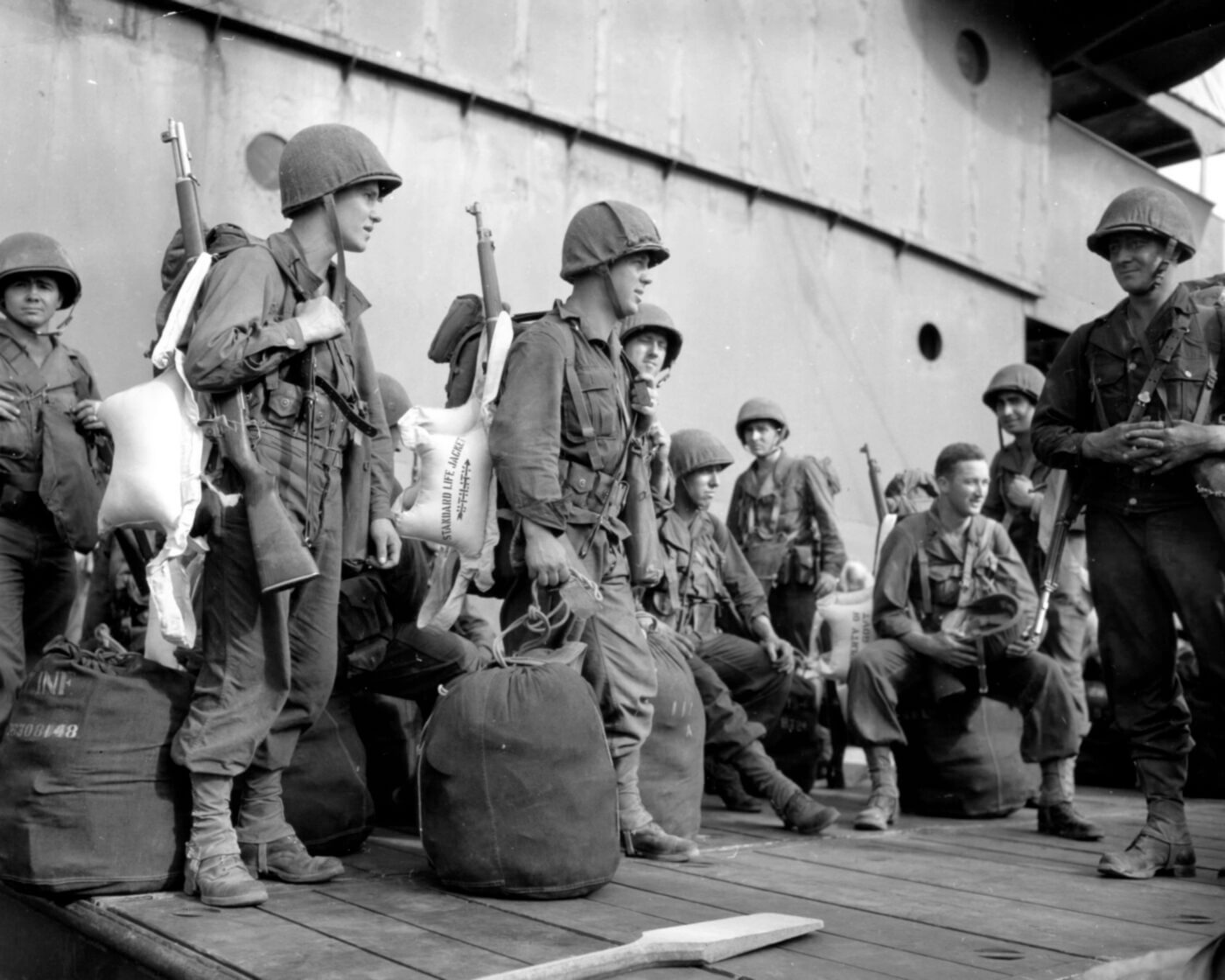
Many American units had an assortment of M1 and M1903 rifles, like these men of the 32nd Infantry Division arriving in Australia during November 1943. Image: NARA
The answer: thevenerable M1903 Springfield rifle.
America followed this trend with the M1903 rifle (updated to fire the new .30-06 round in 1906).
Production was steady but not particularly great in number.
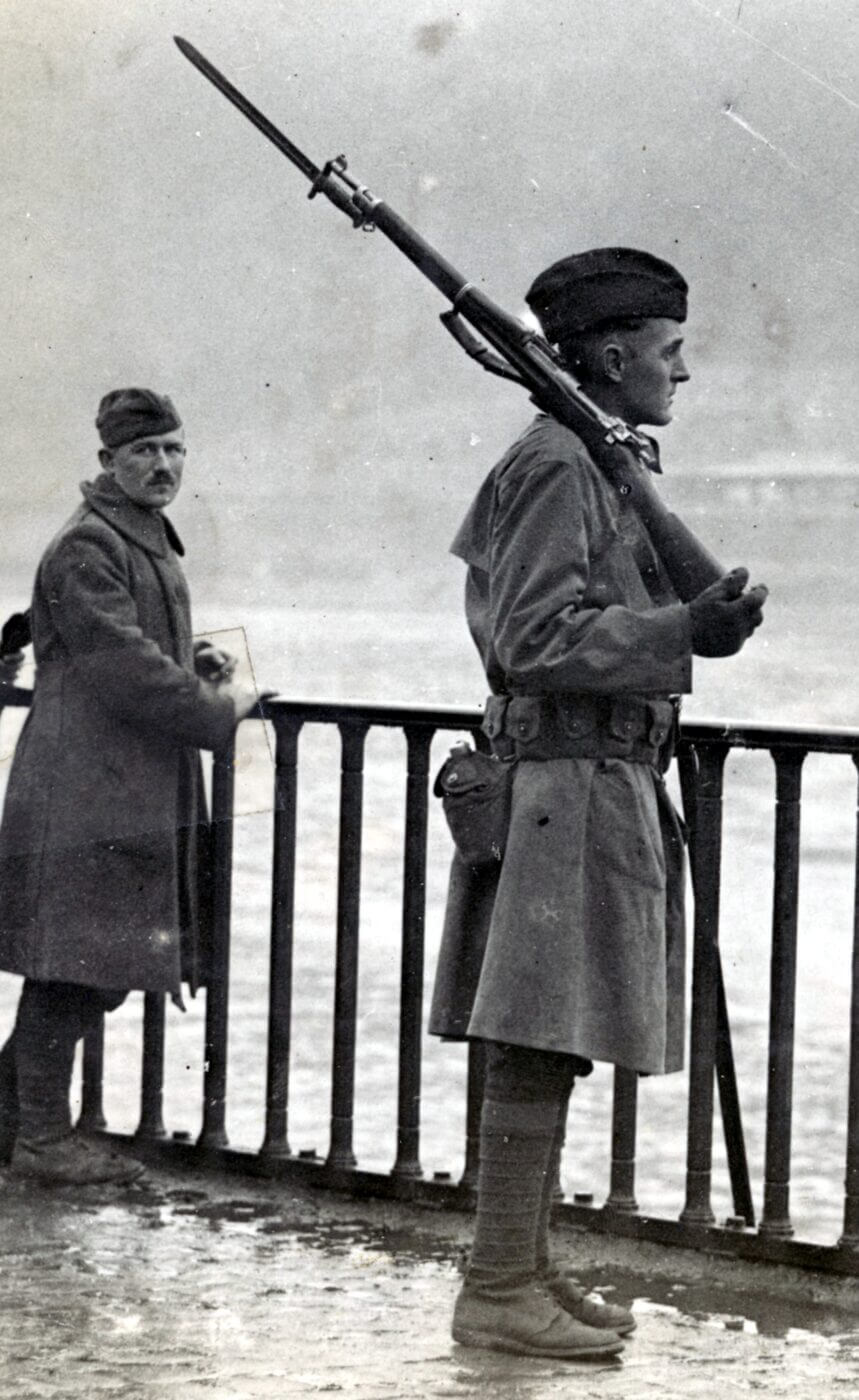
An M1903 rifle with the American Army of Occupation in Germany, near Coblenz, in 1919. Image: NARA
Even as M1903 production ramped up, the M1917 became Americas most-used combat rifle during the Great War.
Battle-tested and supremely accurate, there were few complaints about the M1903.
However, the forward-thinking leadership of U.S.
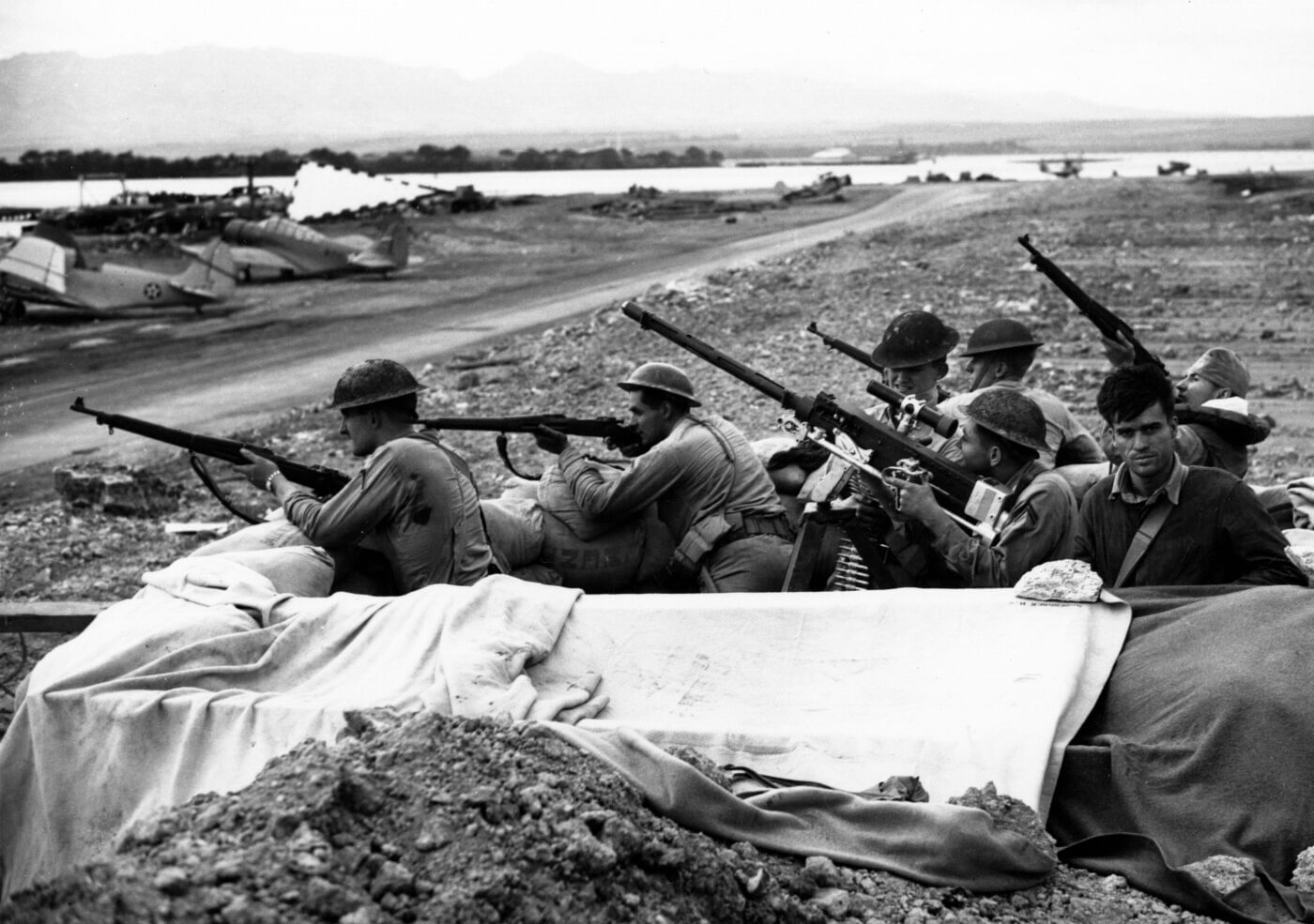
Pearl Harbor defenders with M1903 rifles and a Browning .30 caliber anti-aircraft machinegun. Image: NARA
Ordnance began to work on semi-auto rifle designs as early as 1922.
Even so, on the eve of World War II most American troops were still armed with the M1903.
Others recognize its use as a sniper rifle, and the eventual development of theM1903A4 sniper variant.
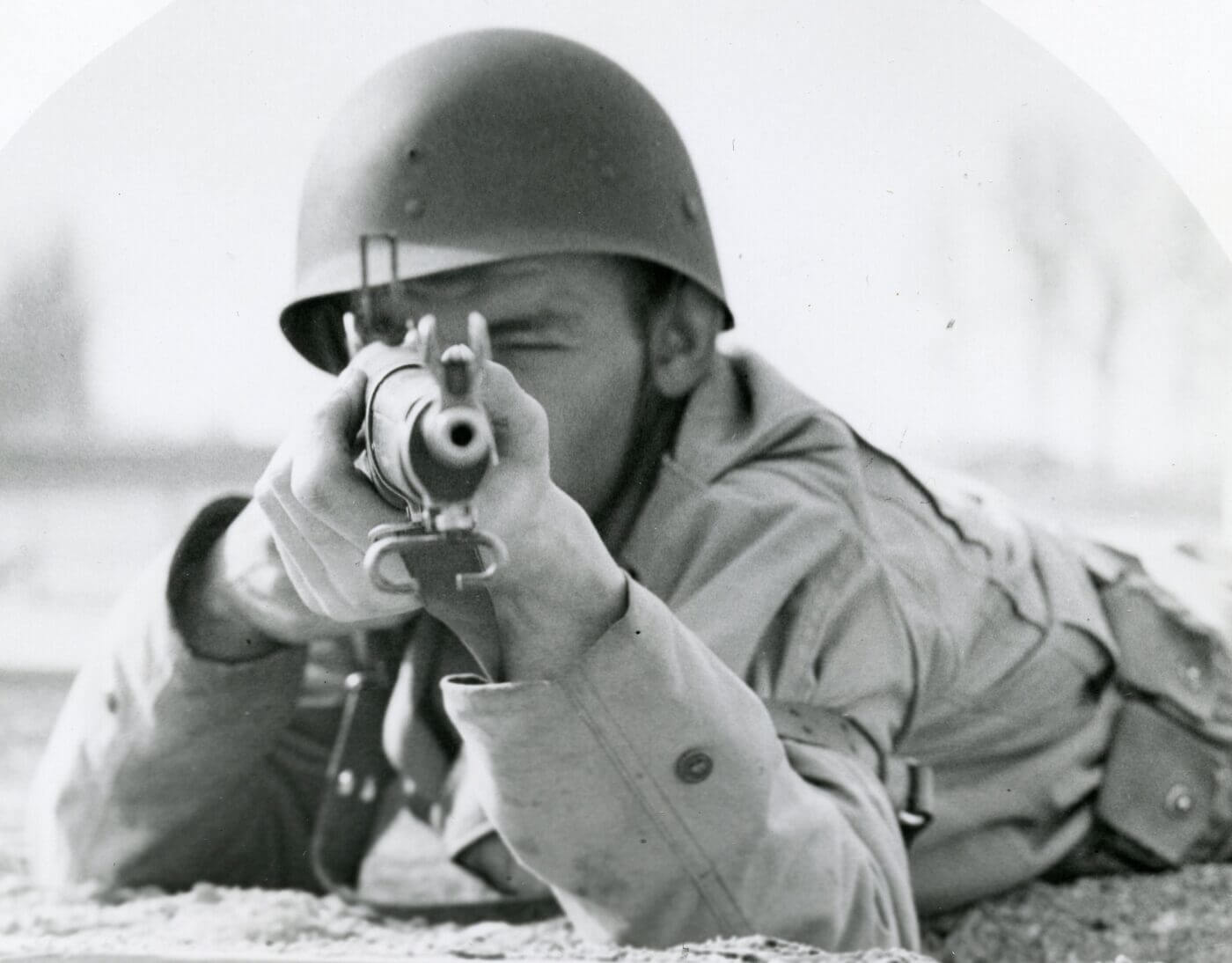
Venerable, reliable and still totally reliable as a battle rifle, the M1903 served on through the interwar period and throughout World War II. Image: NARA
The old Springfield was free from any of the new semi-auto rifles technological issues.
Even as the U.S. Army began to appear in the Solomon Islands campaign, not every G.I.
carried the M1 Garand.

The U.S. Marine Corps’ two primary rifles in World War II: the M1903 Springfield (middle) and the M1 Garand (bottom). A .30-40 “Krag” rifle is shown at top. Image: USMC
My father joined the Army in early 1942 and his initial training was all conducted with the M1903.
By the time he went into combat in Normandy in June 1944, the M1903 was still around.
He commented: If a G.I.
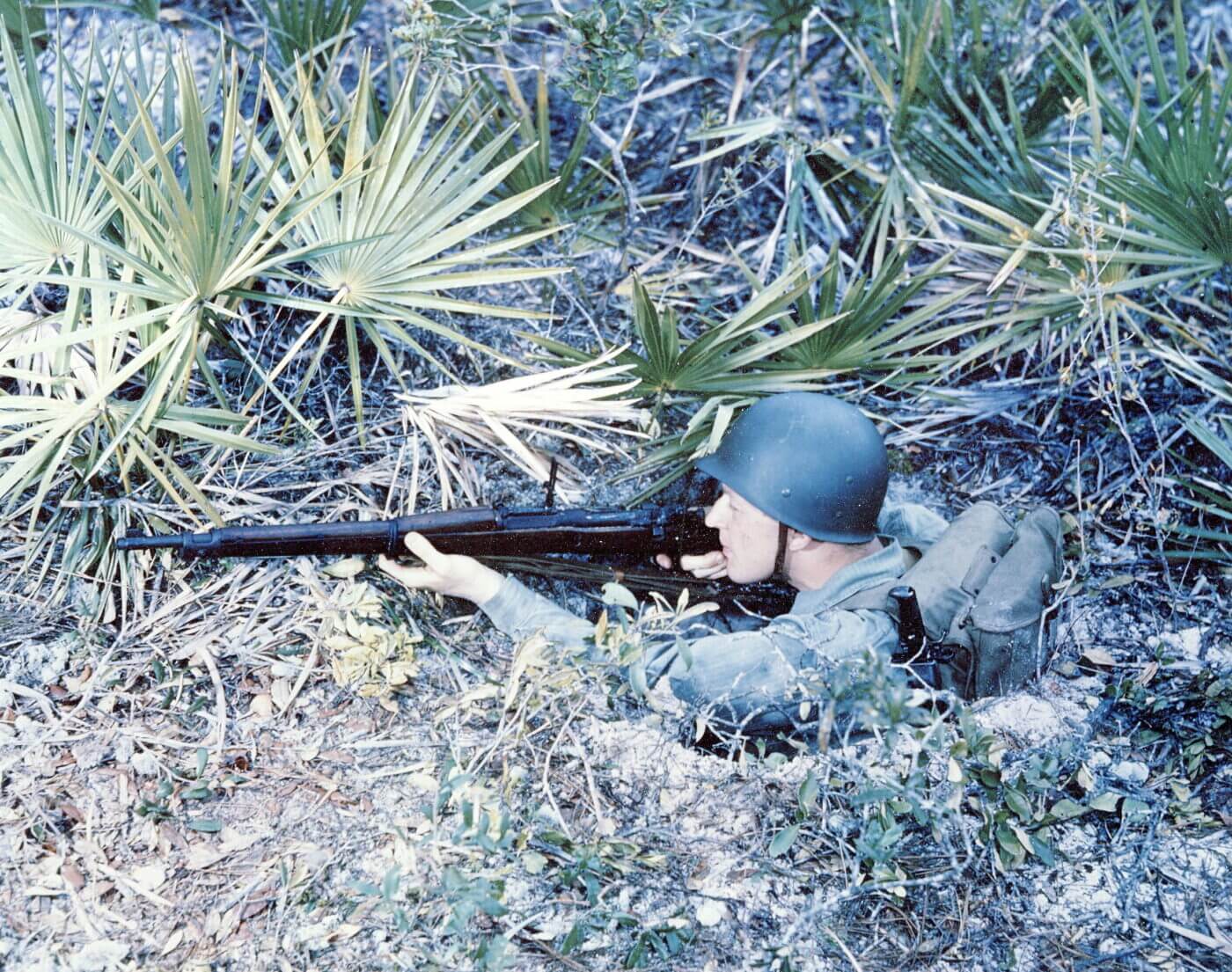
The M1903 was more than just a training rifle. It was a capable weapon that served throughout World War II. Image: NARA
got his company commanders approval, he could take a Springfield rifle into combat as opposed to an M1.
The original M1905 sight and its fixed base were redesigned and replaced with an adjustable rear sight.
This modification saved time and money, and ultimately provided a better battle sight for the rifle.

The M1903 rifle served throughout the battle for Guadalcanal. In the later stages of the fight, the Springfield was joined by a small amount of M1 rifles. Image: NARA
All of these rifles performed well, and many served in combat.
Was It Really Needed?
As the M1903 was an exceptional and capable rifle, did we really need the M1 Garand?
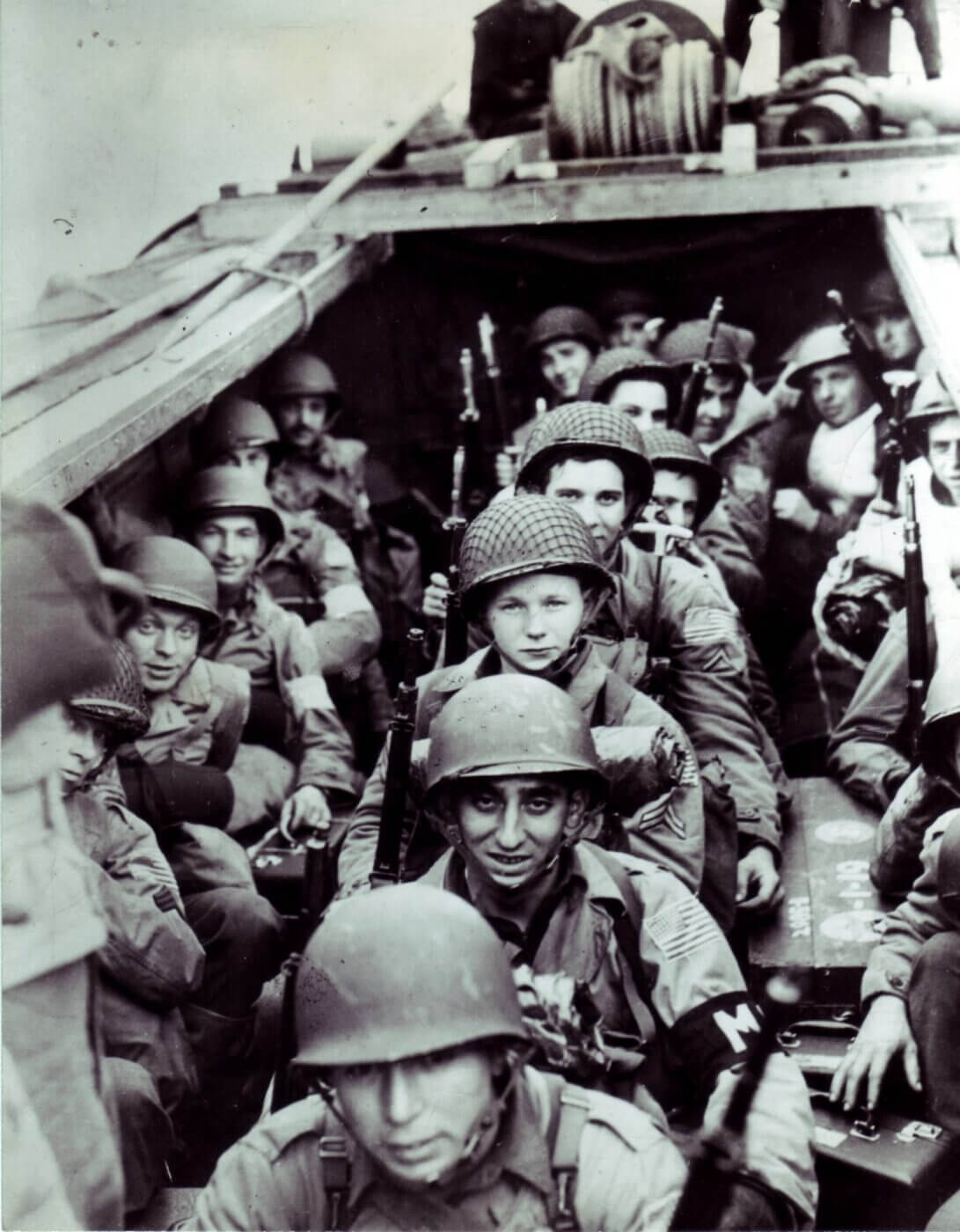
M1903s and M1s are mixed within this unit during Operation Torch, the Allied invasion of Vichy French North Africa, during early November 1943. Image: NARA
Most certainly, yes.
The M1 Garand is legitimately the greatest battle weapon ever devised.
Could we have won the war without the M1 rifle?
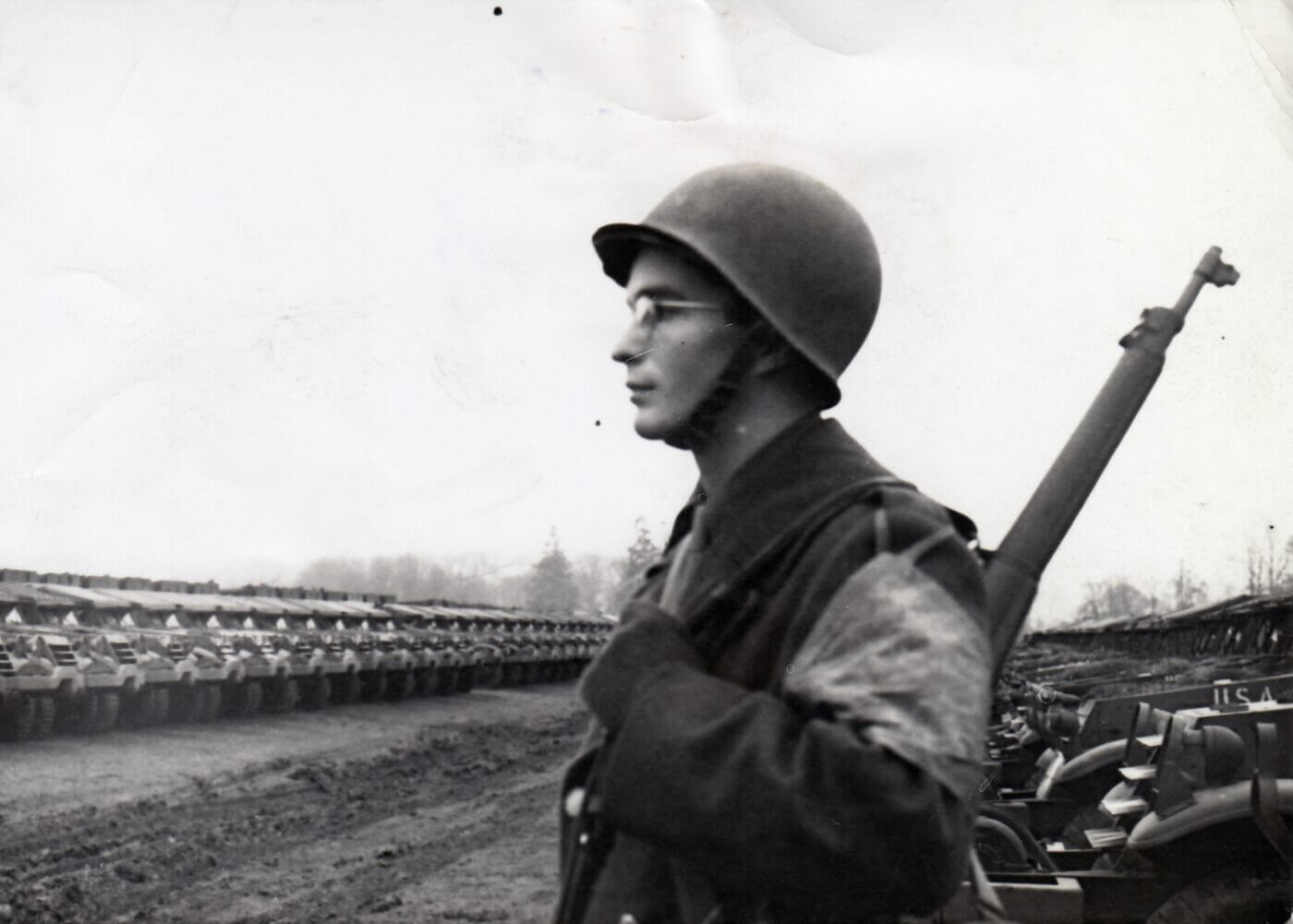
An M1903-armed sentry in England, guarding masses of American M3 half-tracks during early 1944. Image: NARA
The M1903 Springfield was the equal or better than any Axis bolt-action rifle.
Also, the qualities of the American rifleman are unmatched.
Many Americans are natural-born marksmen.
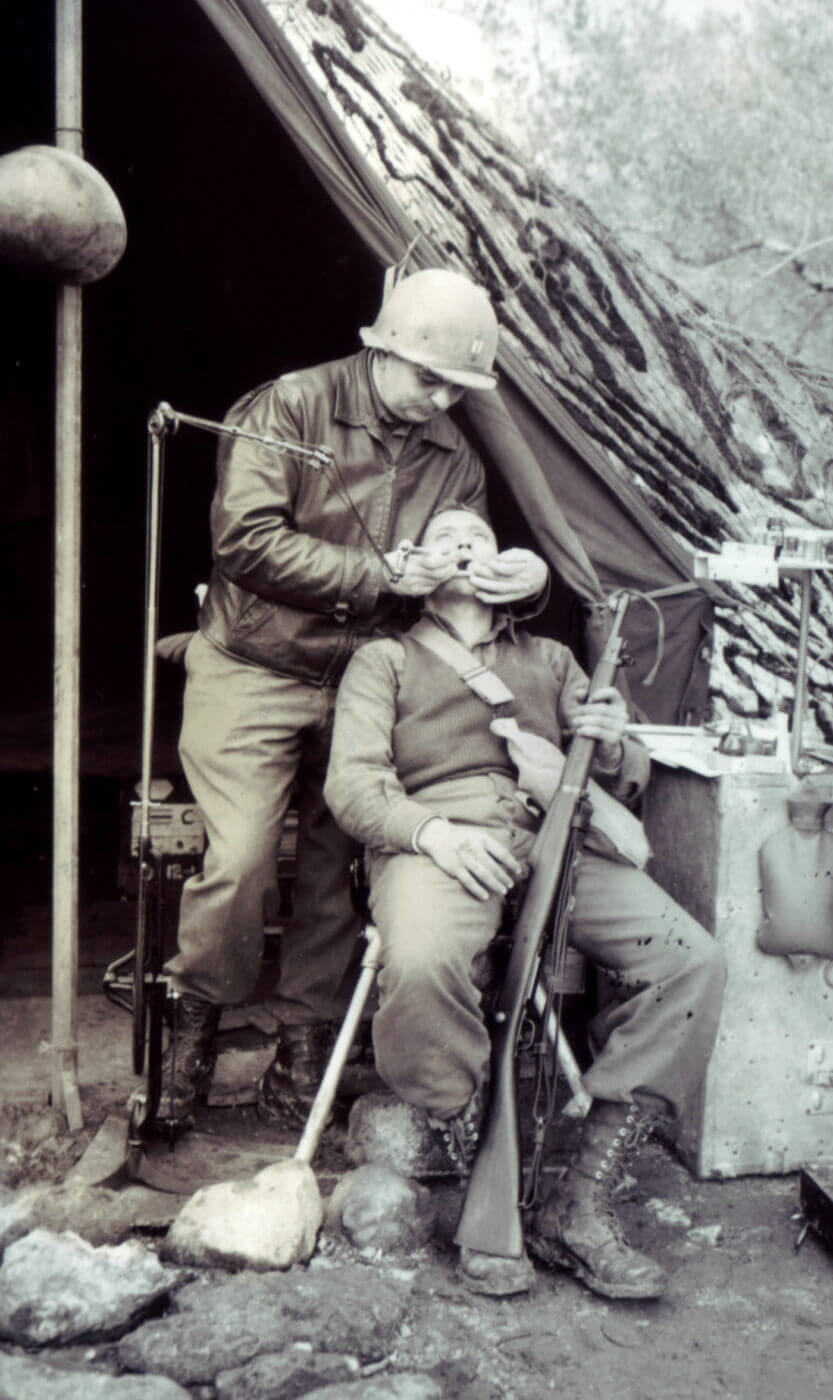
A soldier of the 57th Signal Battalion carries his M1903 for defense against the Germans, the dentist, or maybe both in December 1943. Image: NARA
However, the advantages of the Garand are hard to dismiss.
In reality, in our soldiers hands, the M1903 or the M1 was a war-winning weapon.
Thankfully we had both at our disposal during World War II and ultimately did not have to choose.
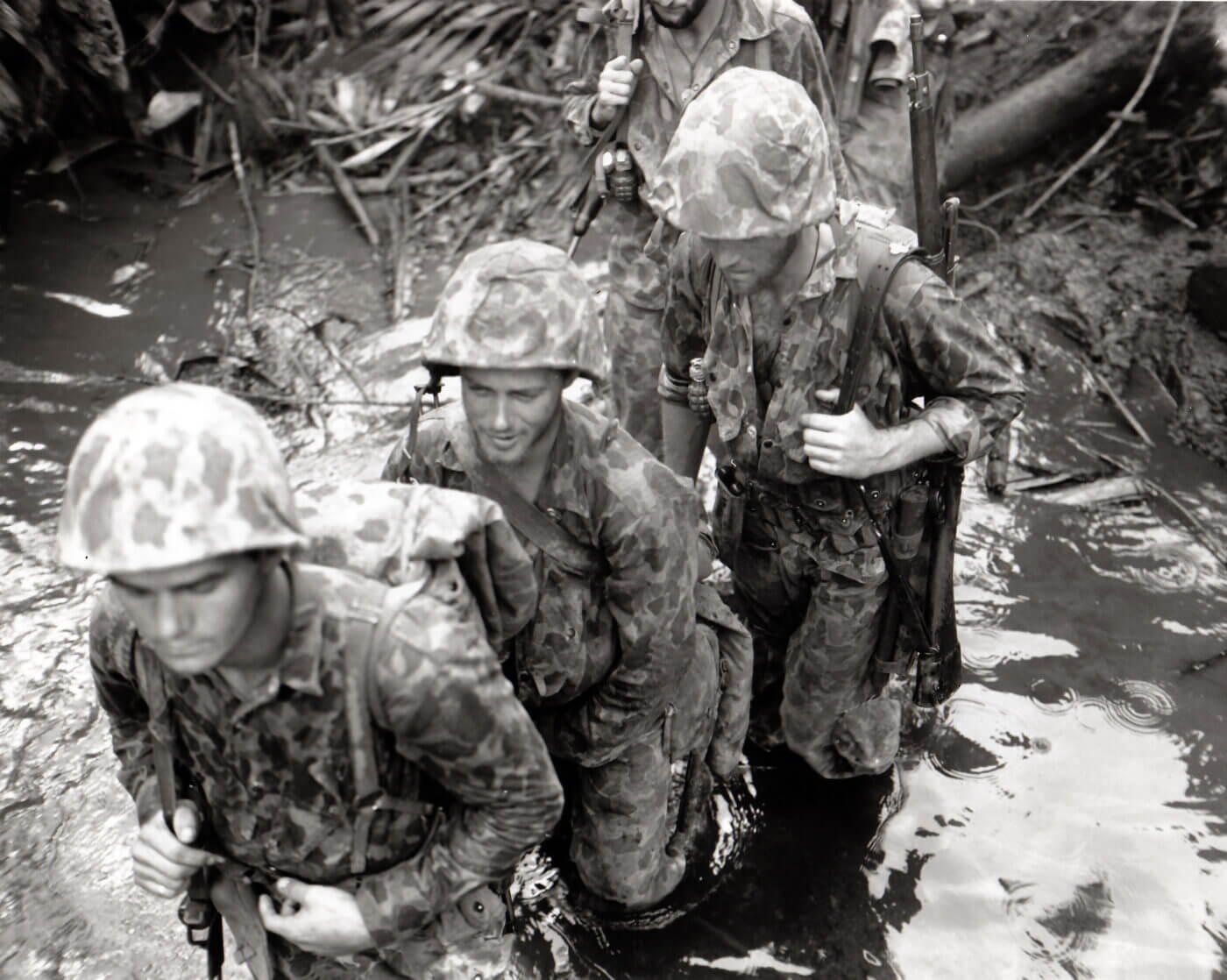
M1903 rifles with the “Paramarines” during the Solomon Islands campaign. Image: NARA
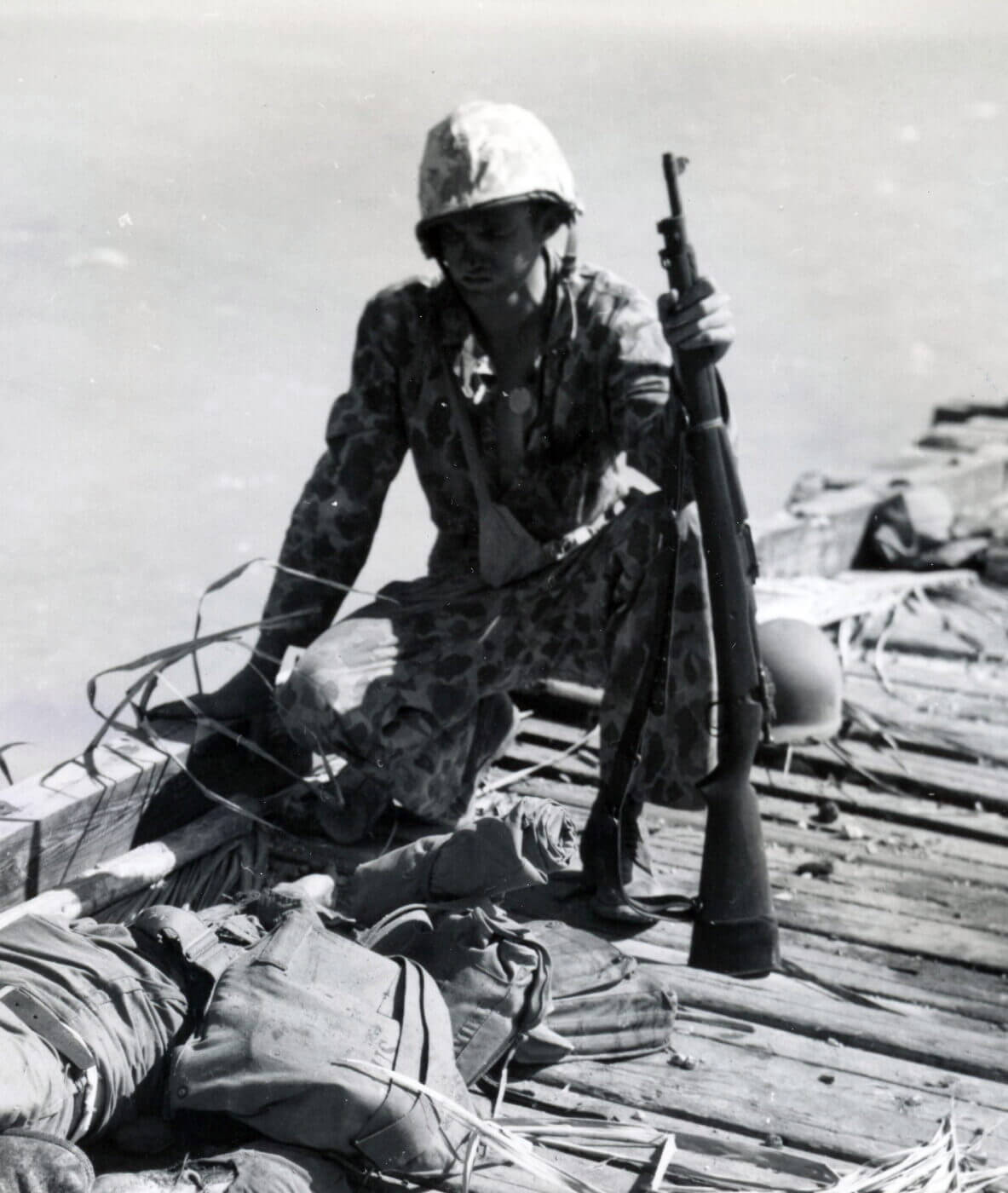
The M1903 on duty in Tarawa during November 1943. Image: NARA
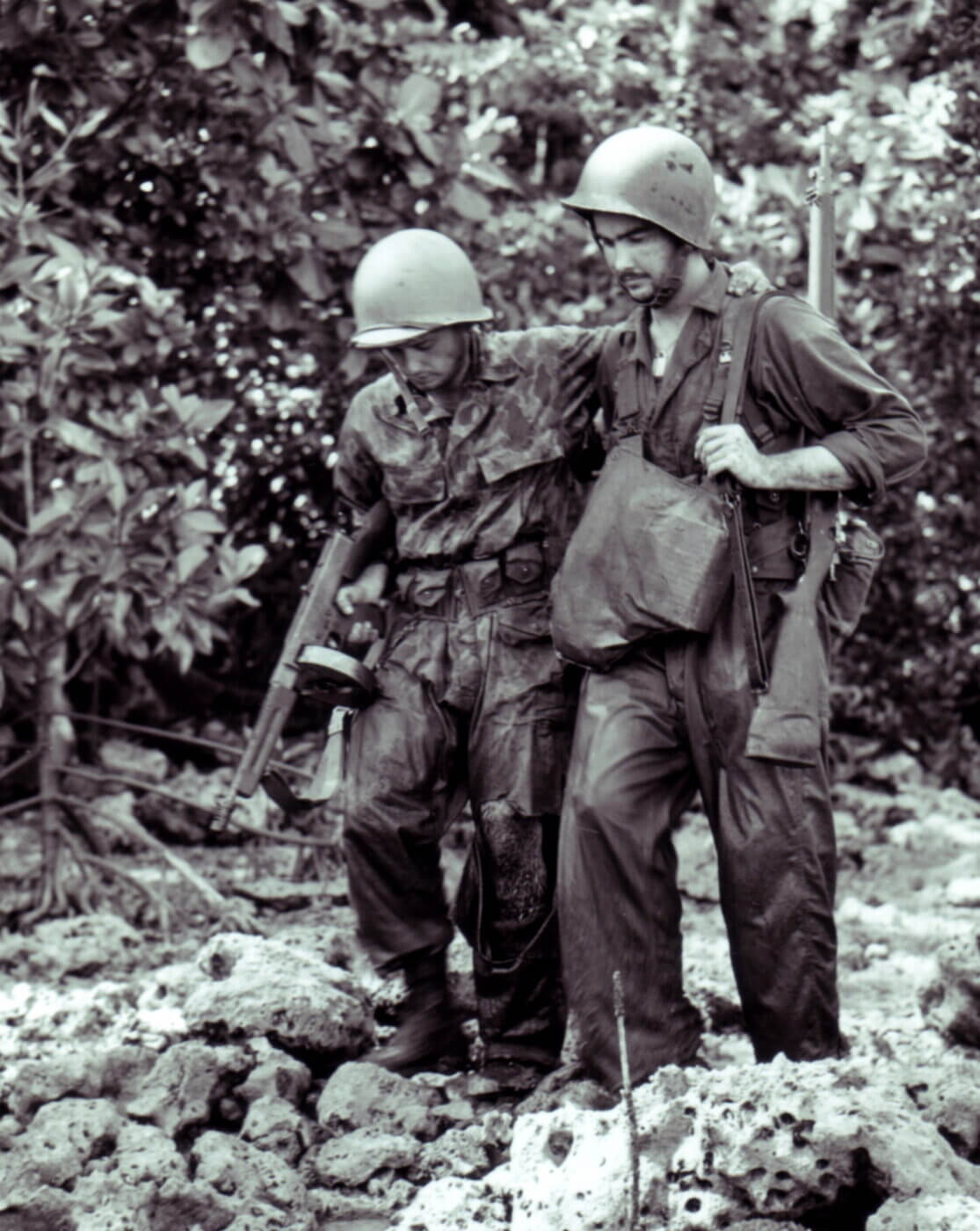
Thompson SMG- and M1903 rifle-armed G.I.s of the 172nd Infantry Regiment, on New Georgia during July 1943. Image: NARA
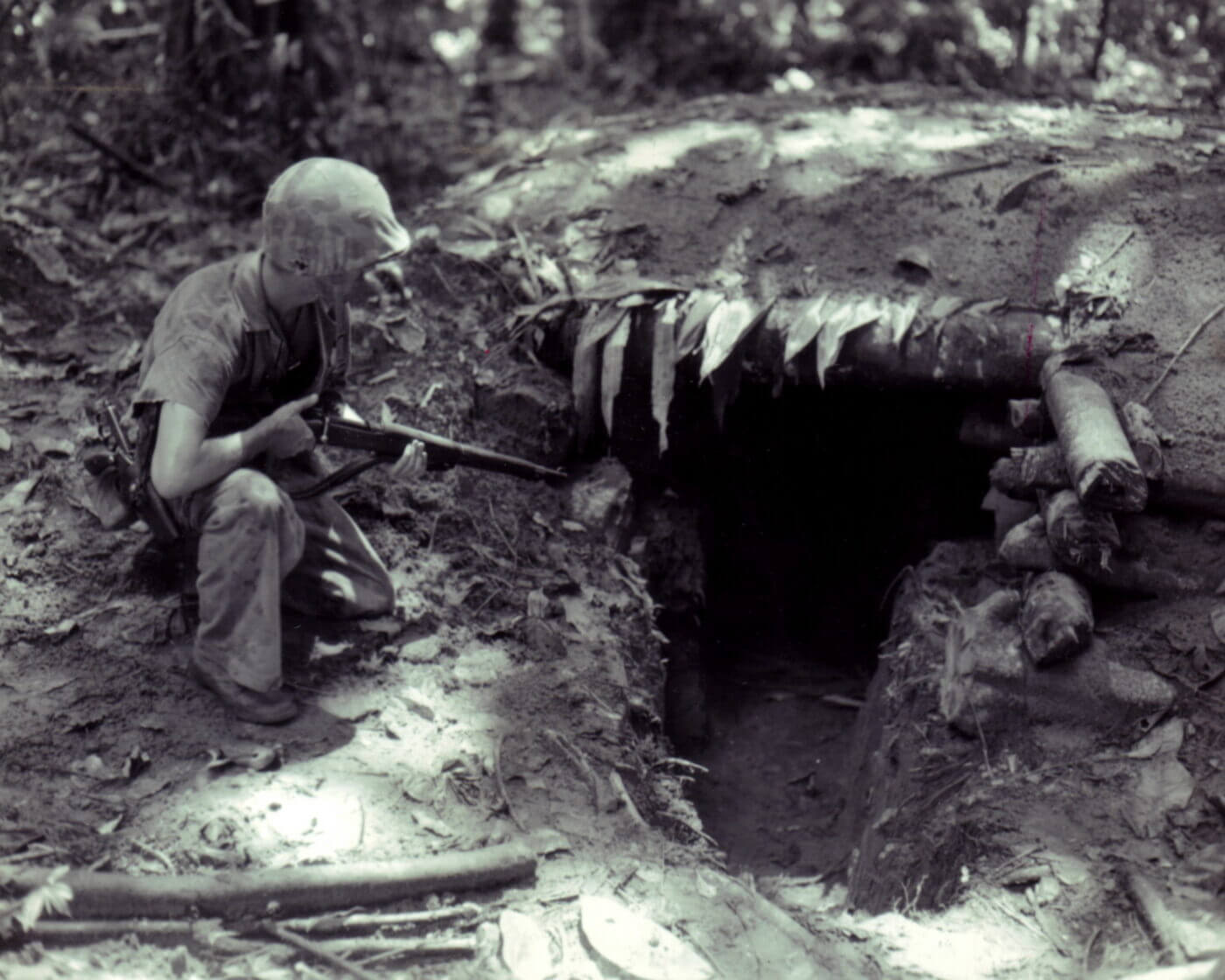
A Marine checks a Japanese bunker on Bougainville during November 1943. His rifle is an M1903A3. Note the .45 caliber revolver and M1918 trench knife on his hip. Image: NARA
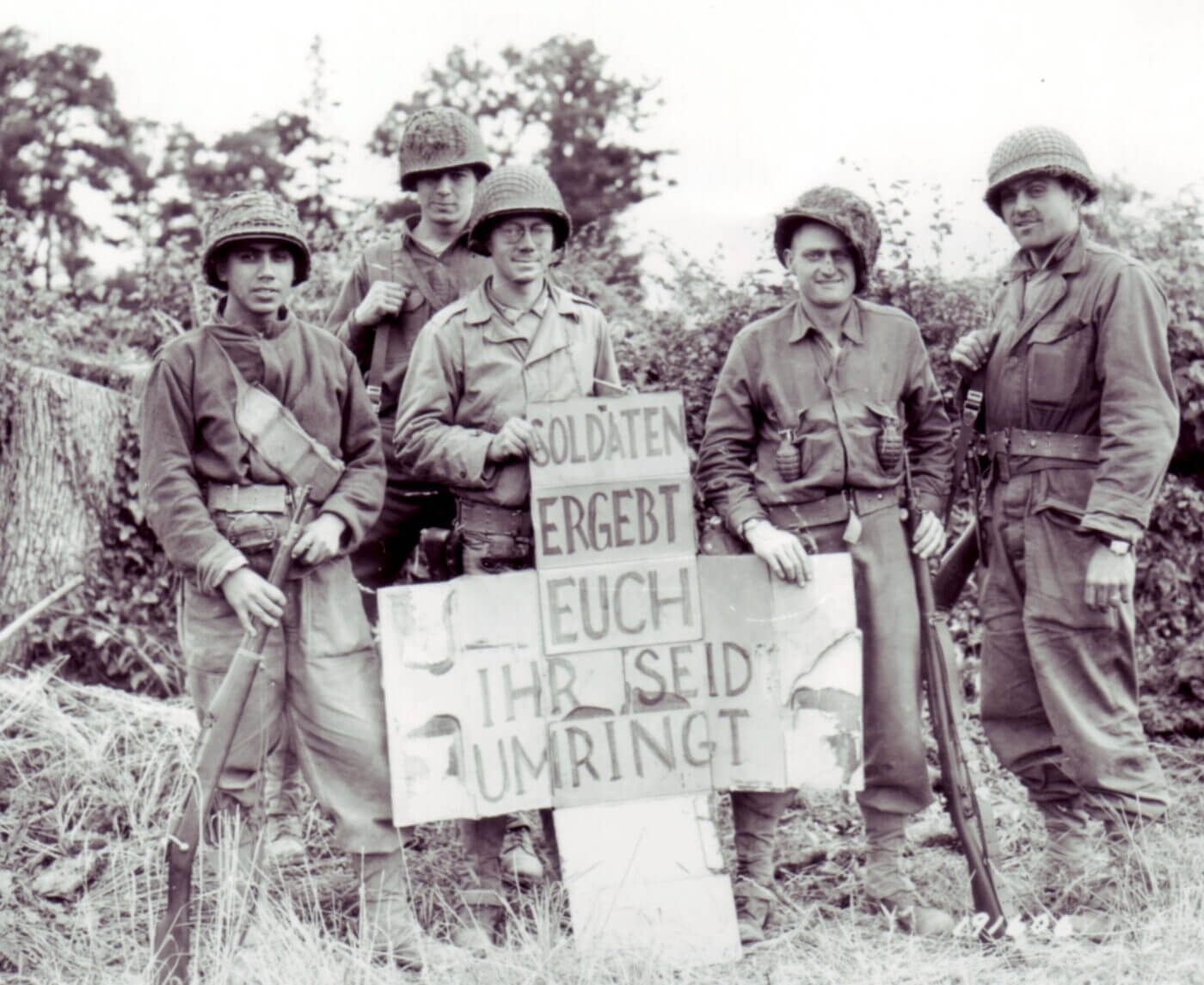
The advance across France: Men of the 3rd Armored Division armed with M1903 rifles, July 14, 1944. Image: Library of Congress
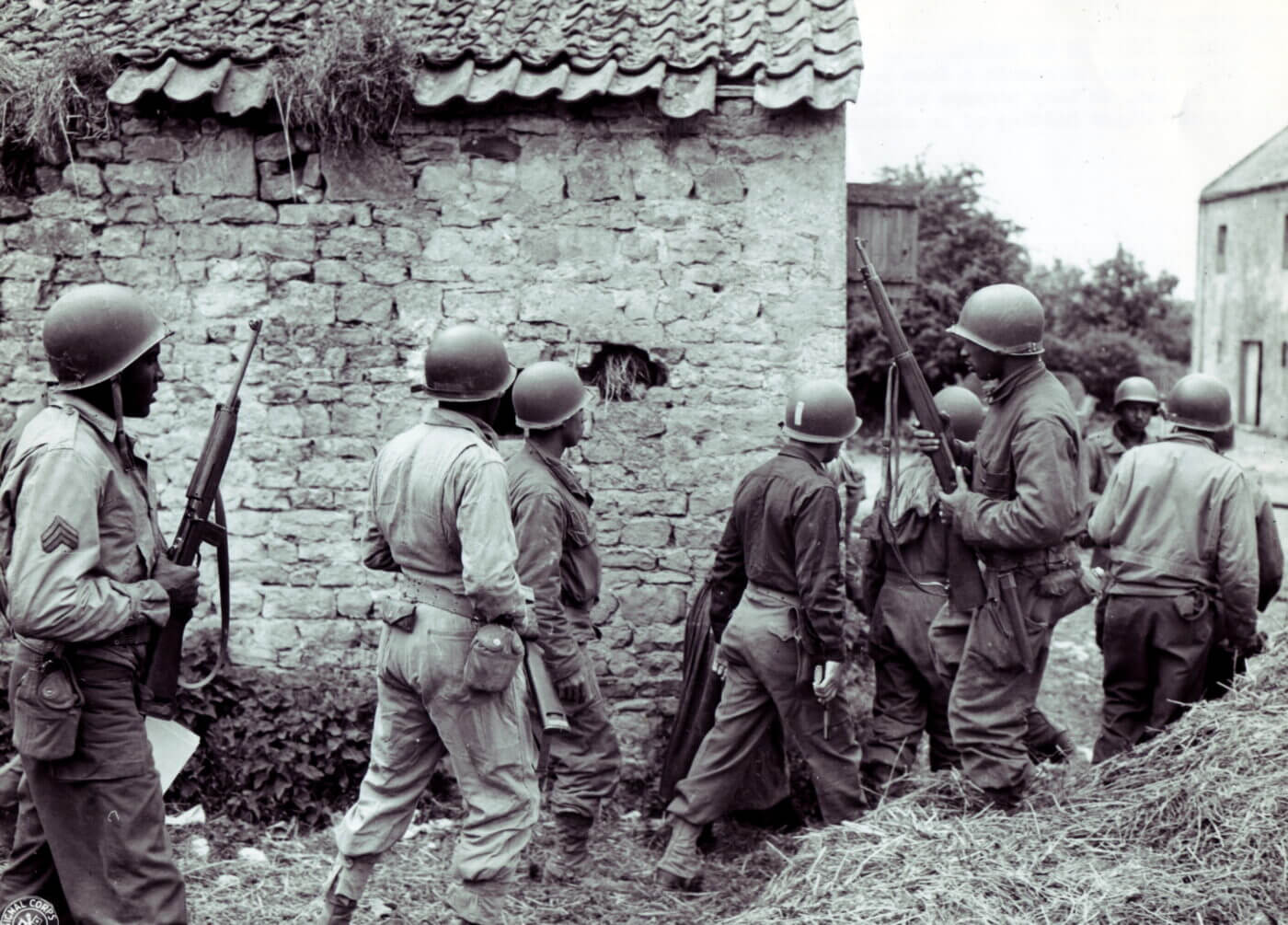
Flushing out snipers in Normandy, June 1944. The sergeant at the far right holds an M1 Carbine. Image: NARA
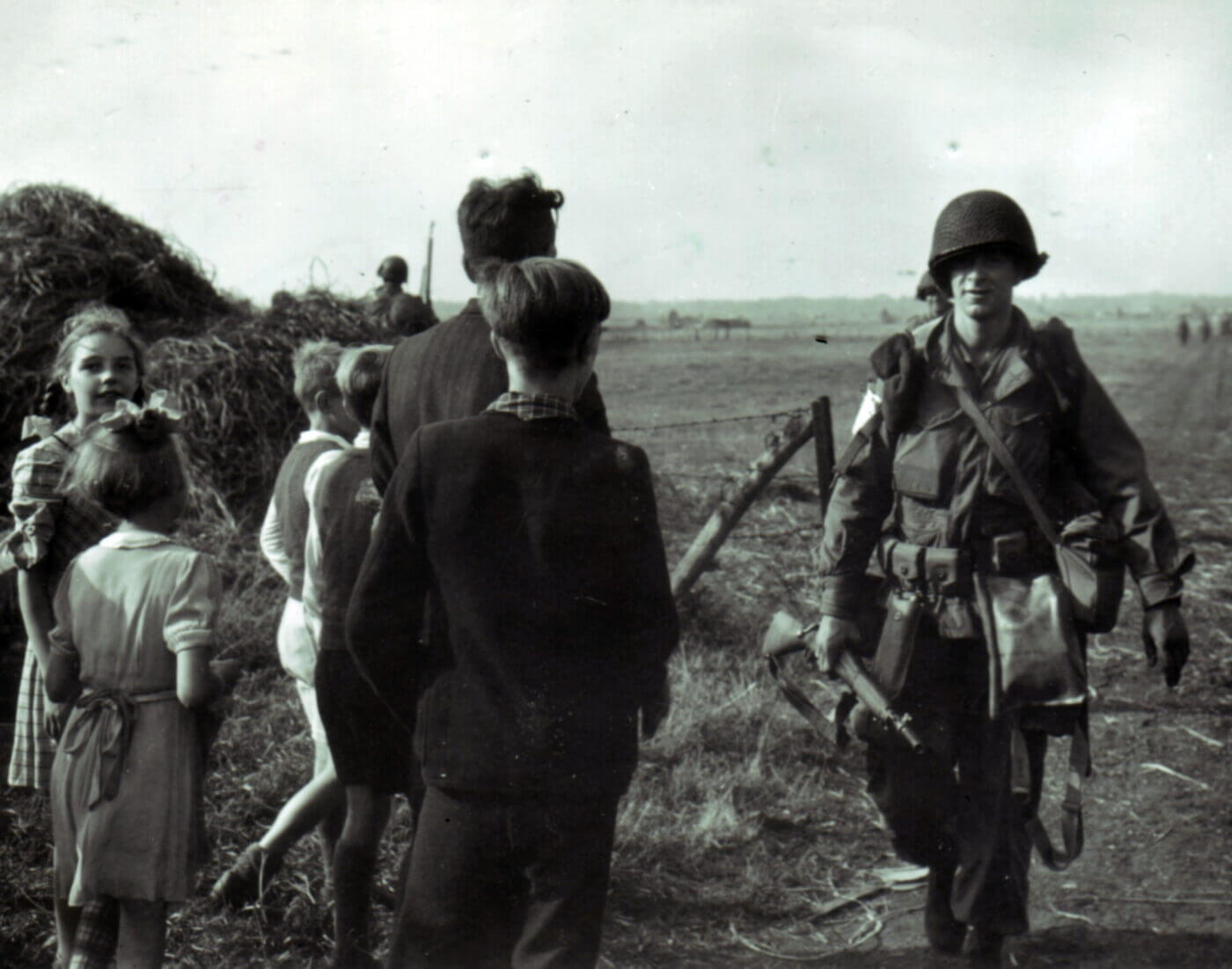
An M1903 equipped with a grenade launcher with the 101st Airborne in Holland, September 18, 1944. Image: NARA
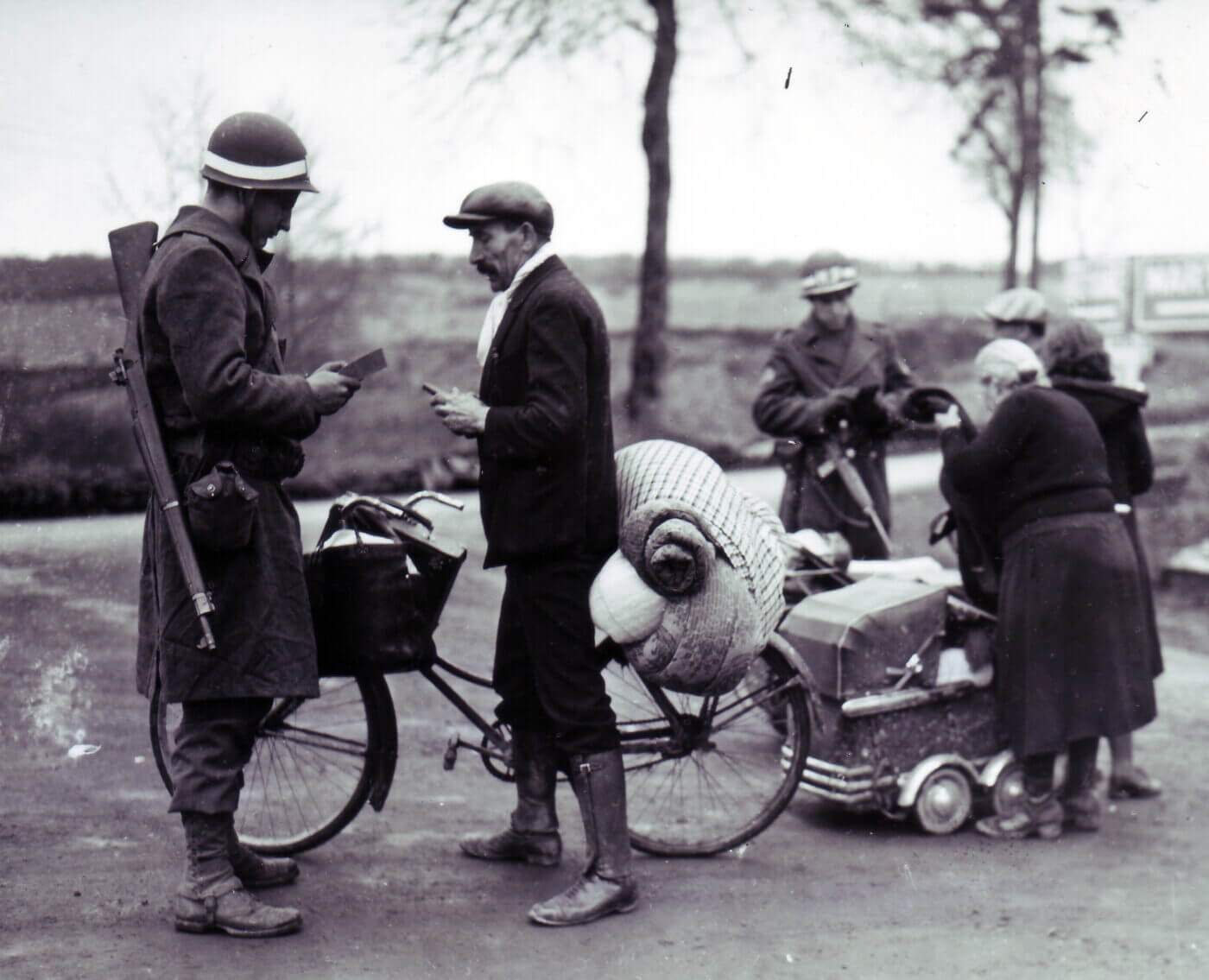
With an M1903A3 rifle slung over his back, an MP checks the papers of refugees near Bastogne, December 21, 1944. Image: NARA
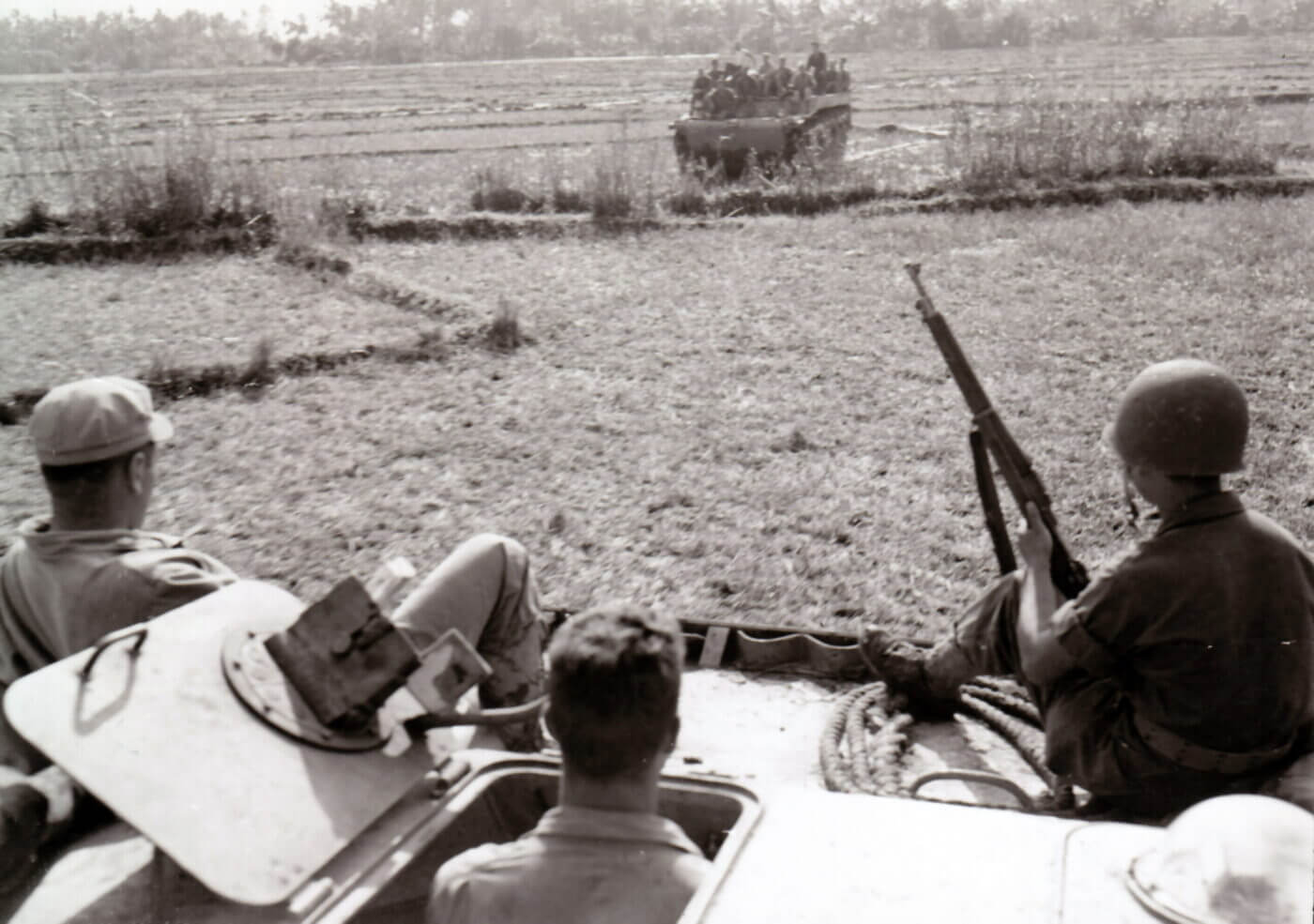
A marksman of the 1st Cavalry aboard anLVT (“Alligator”)on Leyte, Philippines during December 1944. Image: NARA
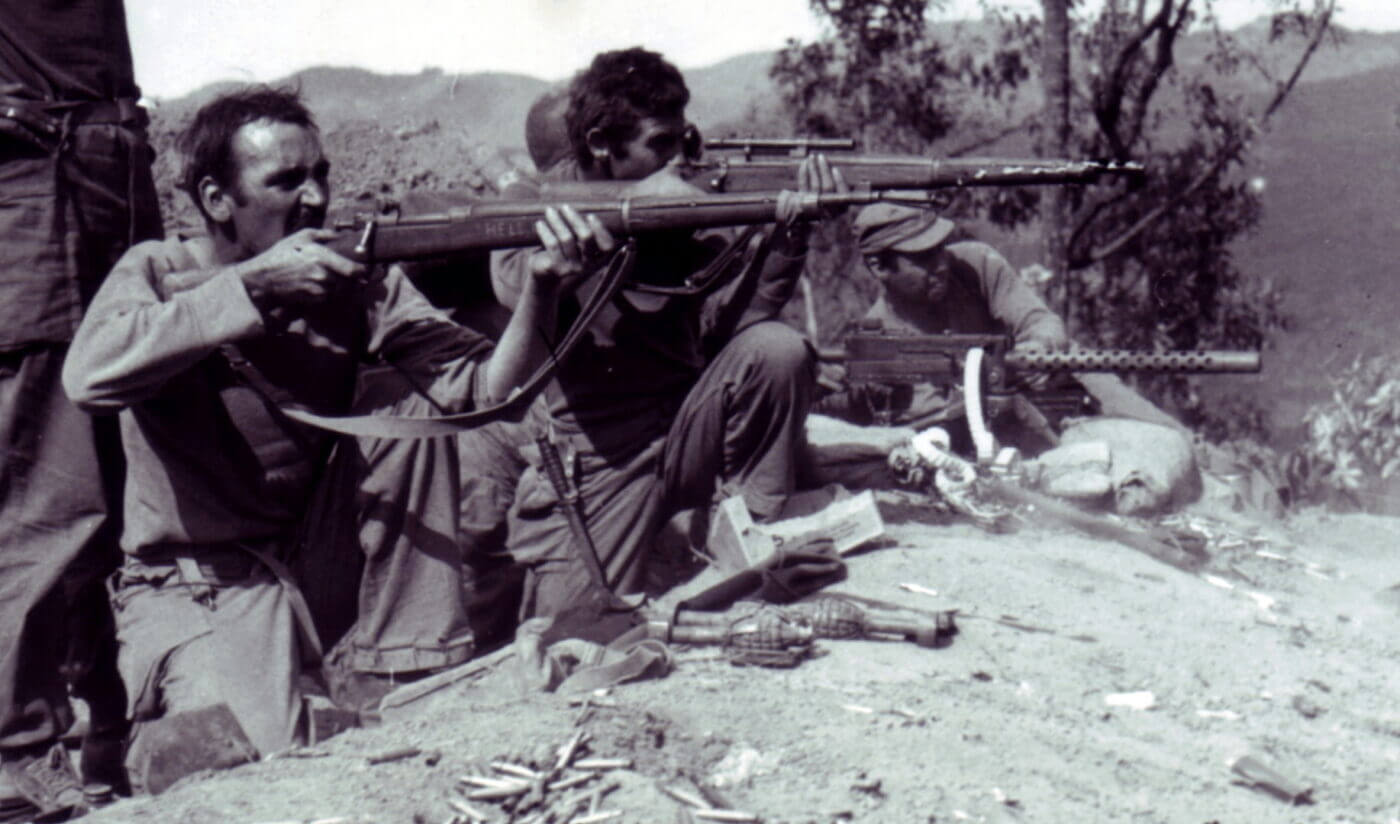
G.I.s engage the Japanese in Burma during January 1945. The man closest to the camera has an M1903A3, while a M1904A4 sniper rifle and a Browning M1919 are in the background. Image: NARA




